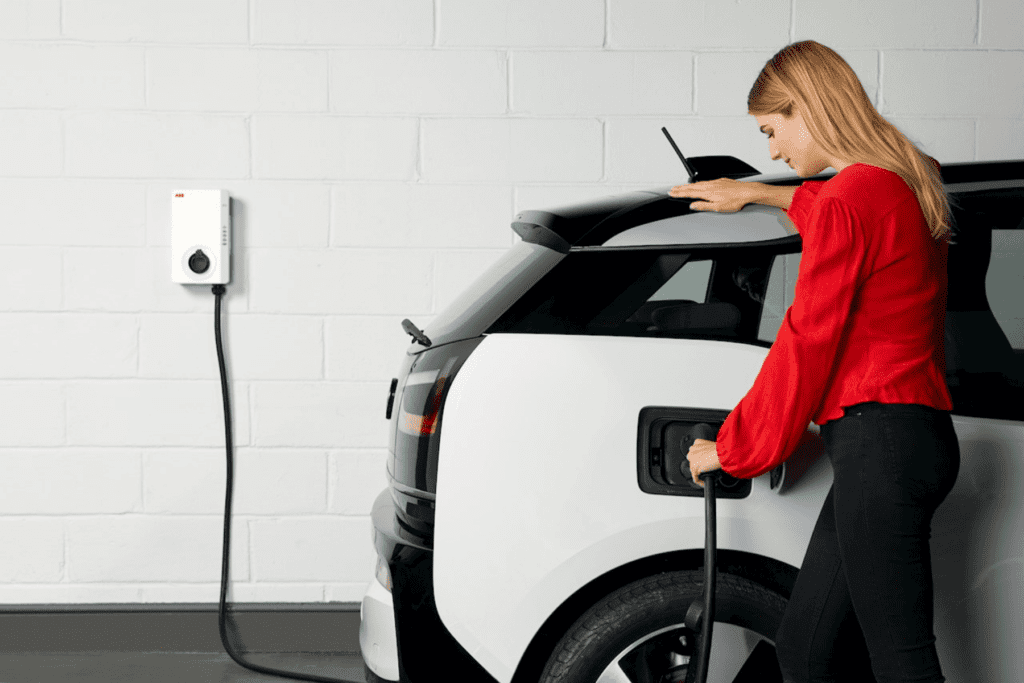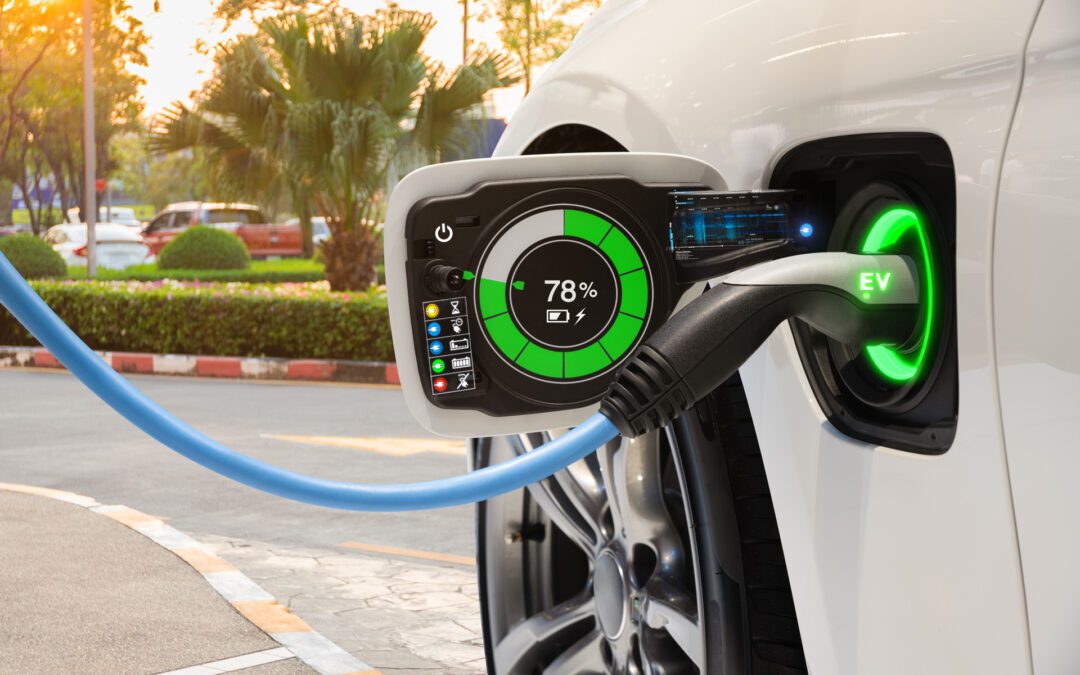Rural communities across the country are looking for ways to boost tourism and attract new visitors. One strategy that is gaining traction is installing electric vehicle (EV) chargers along main roads and in town centers. As more Americans purchase EVs and long-distance travel becomes more accessible, rural areas with charging infrastructure have an opportunity to capture this growing market.
Changing Transportation Landscape
Electric vehicles are gaining widespread adoption as issues like rising gas prices, concerns about the environment, and automakers’ expanding EV lineups drive consumer interest. While total EV sales are still a small percentage of the overall auto market, industry experts forecast strong growth in the next 5-10 years.
As battery ranges continue improving and public charging availability increases, EVs will become viable options for more drivers to use for everyday commutes as well as weekend and vacation trips.
This changing transportation landscape presents rural communities with both challenges and opportunities. Areas off major highways face the challenge of attracting EV drivers if there are no convenient places to stop and charge along the way.
However, those that proactively install chargers have an opportunity to position themselves as desirable destinations for eco-friendly tourists exploring scenic backroads and small towns. Leveraging EV tourism can provide new revenue streams for rural economies.
Installing Chargers to Draw Visitors
Communities looking to tap into EV tourism should consider installing Level 2 chargers (capable of adding 25-50 miles of range per hour) in prominent locations like town squares, parks, and downtown areas. Having a few fast DC chargers (adding 100+ miles in 15-30 minutes) along major highways passing through can also capture drivers needing quicker charges on longer road trips.
Getting buy-in from local shops, restaurants and attractions helps make the charging experience more enjoyable for out-of-town drivers waiting 30-45 minutes. Offering perks like free WiFi, discounts, or special events coordinated with nearby chargers encourages lingering longer to explore and spend money locally. Promoting the charging sites on maps and directories ensures traveling EV owners will know where to stop and fuel up.

Case Studies of Success
Some rural communities are already seeing positive impacts from adopting EV-friendly strategies. In Walland, Tennessee, a scenic town located along a Blue Ridge Parkway route, officials worked with a local utility to install four 50kW DC fast chargers in 2019. The chargers have attracted hundreds of EV trips and significant spending at cafes and shops according to the town’s mayor.
Visitors from surrounding states frequently post photos online showing their EVs charging in Walland, raising the town’s profile. Officials credit the chargers with a noticeable boost in tourism dollars, especially on weekends. Other small mountain towns in the region have since followed Walland’s lead in installing chargers to gain a competitive advantage attracting outdoor adventurers in EVs.
In central Vermont, the small town of Woodstock saw a similar tourism bump after partnering with a regional economic development nonprofit to launch a network of Level 2 chargers in 2021. Locals note growing numbers of EV drivers stopping for meals and shopping while their vehicles charge up. Hoping to replicate Woodstock’s early success, nearby communities are in the process of permitting and funding charger projects of their own.
Conclusion
As electric vehicles continue gaining popularity, rural areas that invest thoughtfully in charging infrastructure will be well positioned to capture a portion of this growing market. With scenic backroads and small town charm, these regions offer a desirable option for eco-conscious road trippers and outdoor enthusiasts.
Installing strategically located chargers helps convert EV drivers passing through into paying visitors who explore and spend meaningful time locally. For communities looking to boost rural tourism, leveraging the EV trend represents an opportunity to drive new revenues and exposure. Those who act now position themselves as destinations of the future for electric road travel.

